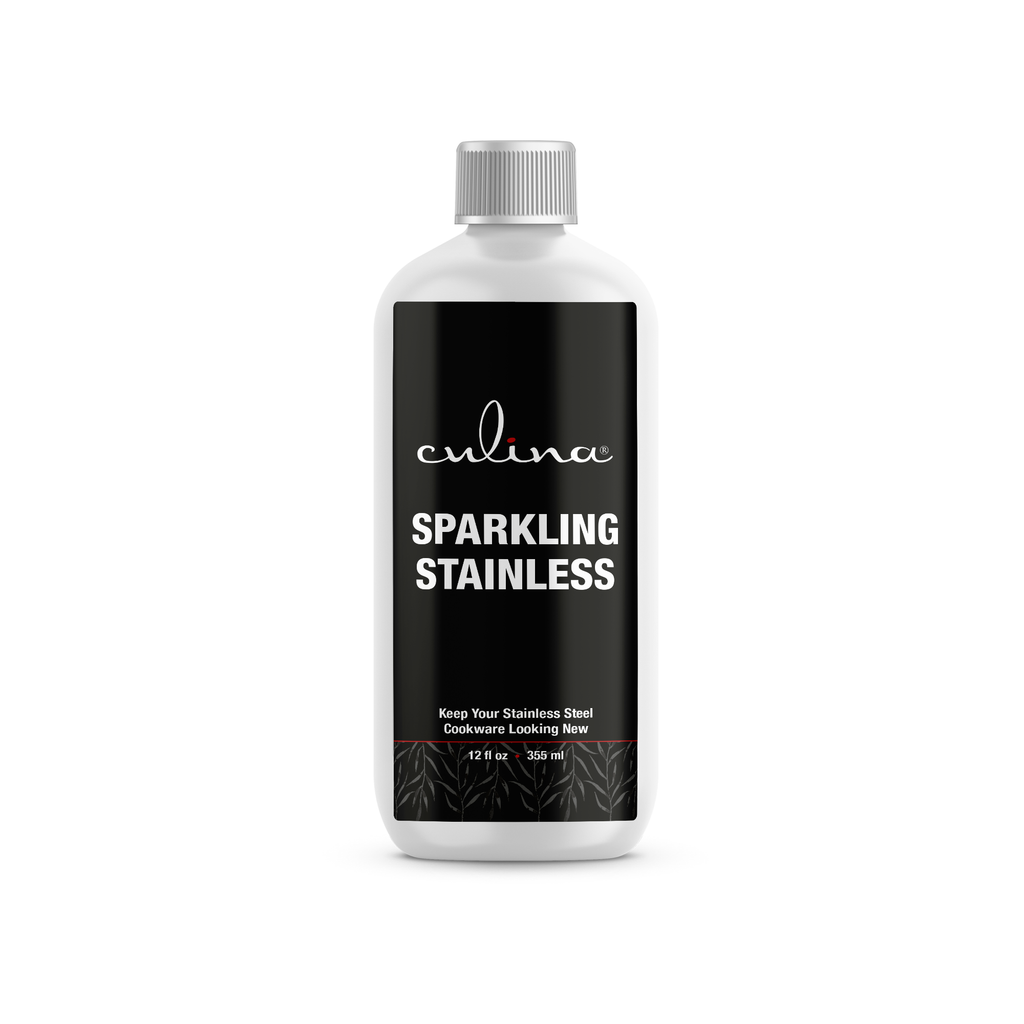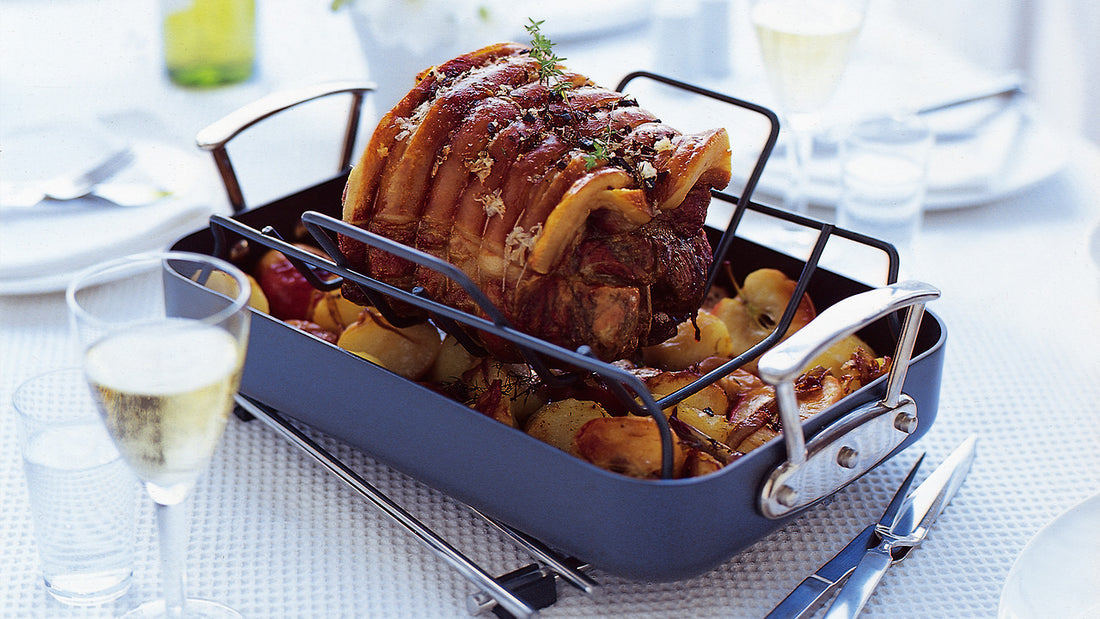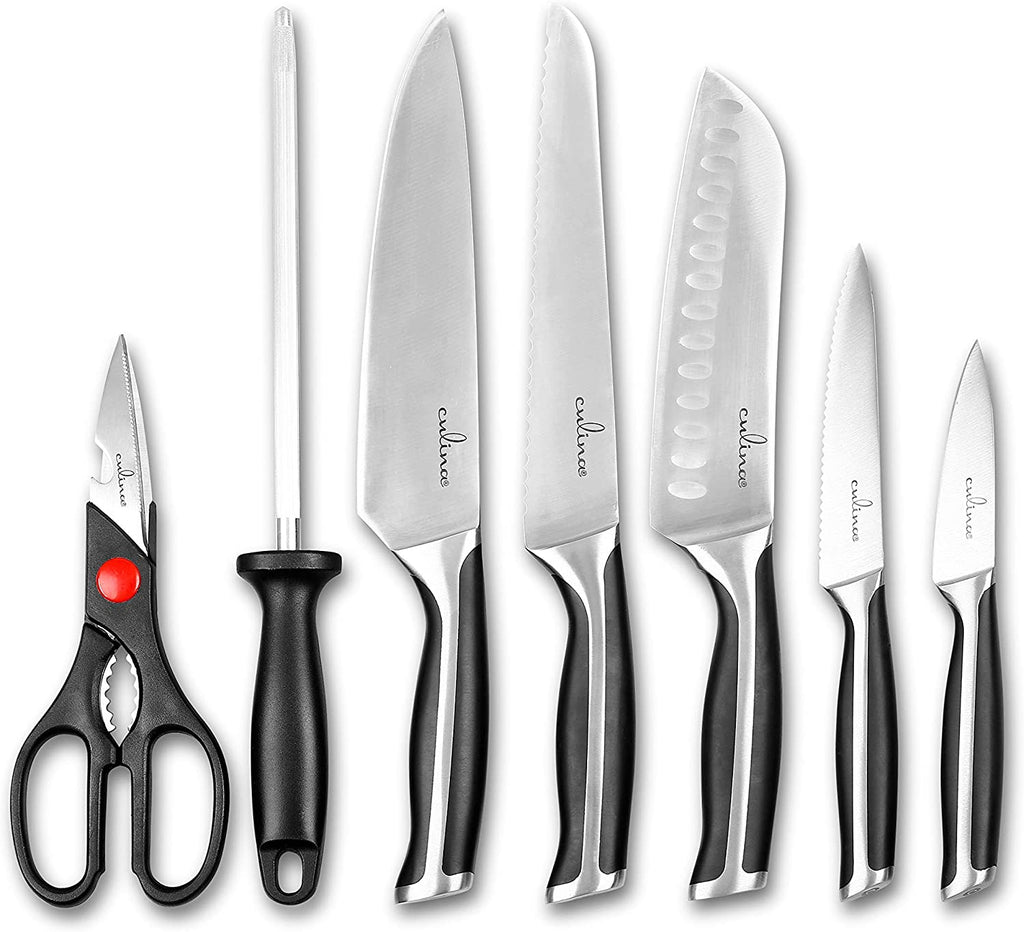Expert Insights: What is a Roasting Pan Used For?
Written By James Morgan
Barbecue enthusiasts know that achieving perfection in grilling and roasting requires the right tools. One such indispensable tool is the roasting pan. But what is a roasting pan used for? Let's dive deep into understanding the myriad uses and benefits of a roasting pan.

The Multi-Functional Roasting Pan
A roasting pan is a versatile piece of cookware that can significantly enhance your barbecue experience. Whether you're roasting a turkey for Thanksgiving or making a delicious Sunday roast, a roasting pan is crucial. With its deep, rectangular shape and sturdy construction, it can handle large cuts of meat and high temperatures.
The Anatomy of a Roasting Pan
Understanding the basic structure of a roasting pan can help you utilize it better. Most roasting pans come with a rack. This design allows the heat to circulate evenly around the food, ensuring a consistent cook. The rack also enables the juices to drain, preventing the meat from becoming soggya critical factor for barbecue lovers who crave that perfect texture.

Uses of a Roasting Pan
So, what is a roasting pan used for? Below, we'll explore the various uses that make this tool a must-have for any barbecue enthusiast.
Roasting Meats
The primary use of a roasting pan is, as the name suggests, roasting meats. From beef and pork to chicken and turkey, a good roasting pan can accommodate a variety of proteins. The high sides prevent splatter, keeping your grill area clean, and the spacious dimensions allow you to cook large quantities at once.
Vegetable Roasting
Roasting isn't just for meats. Vegetables like potatoes, carrots, and Brussels sprouts achieve a delicious caramelization when cooked in a roasting pan. The even heat distribution ensures that every vegetable cooks to perfection.
Gravy Making
A lesser-known use of a roasting pan is its ability to double as a gravy maker. The juices that accumulate at the bottom can be used to create a rich, flavorful gravy. Simply place the pan on your stovetop after the meat has cooked, add some broth and flour, and whisk until thickened.

Choosing the Right Roasting Pan
Not all roasting pans are created equal. When selecting one, consider factors like material, size, and additional features such as non-stick coatings. For more detailed guidance, check out this guide on choosing the right roasting pan.
Material Matters
Roasting pans come in various materials, including stainless steel, aluminum, and cast iron. Each has its pros and cons. Stainless steel is durable and easy to clean, while cast iron offers excellent heat retention.
Size and Depth
The size of your roasting pan should match the type of cooking you plan to do. For large cuts of meat or big family gatherings, opt for a larger pan. The depth is also crucial; deeper pans are better for roasting meats, while shallow pans are ideal for vegetables and smaller items.
FAQs
Can I use a roasting pan on the grill?
Yes, you can use a roasting pan on the grill. It can handle high temperatures, making it perfect for outdoor cooking.
What is the best material for a roasting pan?
The best material depends on your needs. Stainless steel is versatile and easy to clean, while cast iron offers excellent heat retention.
Do I need a rack with my roasting pan?
While a rack is not mandatory, it helps in even cooking and allows juices to drain, providing a better roasting experience.
For more tips on using and selecting a roasting pan, visit this link.
As an Amazon Associate, I earn from qualifying purchases.



